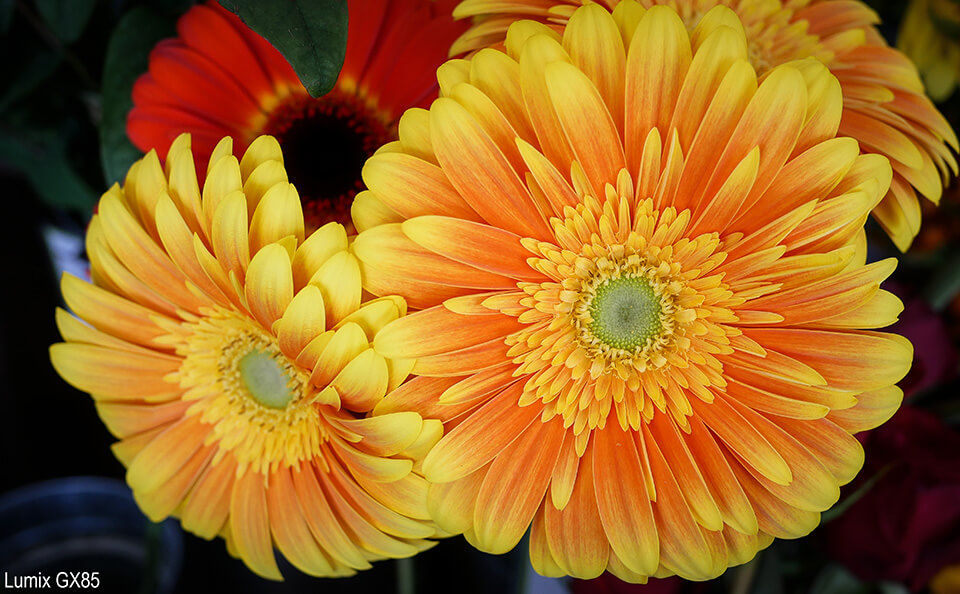What Makes the New Panasonic Lumix GX85 interesting?
Today’s Post by Mark Toal
 One of my favorite cameras is Panasonic’s Lumix GX7. The size and feel of the GX7 combined with its image quality made it a pleasure to carry.
One of my favorite cameras is Panasonic’s Lumix GX7. The size and feel of the GX7 combined with its image quality made it a pleasure to carry.
I loved it so much that when I moved on to the Lumix GX8 I had my GX7 converted to Infrared so I could keep using it.

When I heard about the brand-new Lumix GX85 my first thought was that with its 16-megapixel sensor I would still prefer the GX8’s 20-hegapixel sensor. (There’s more on Megapixel Madness in my upcoming Friday post.) The GX85 like the GX8 has combined in-body and lens stabilization, 4K video, 4K photo mode and post focus so why would I step backwards? The answer is the camera’s overall fit and finish along with the lack of an anti-alias filter plus the addition of 4K video stabilization.

The lack of an anti-alias filter produces sharper images with more detail. The anti-alias filter was originally added to digital cameras to prevent what’s called Moiré, which is why you don’t let someone wear a pin-stripe jacket when posing for a portrait.

Without the filter, close together straight lines like screens, chain link fences and pin-stripes can turn into a eye-straining mess. Camera companies have figured out how to deal with this in the cameras processor so the need for an anti-alias filter is less than it might have been in the recent past. A camera without the anti-alias filter will give you sharper images with the lenses that you already own. Between its small size and extra sharpness the GX85 is more than likely going to be my carry everywhere camera



